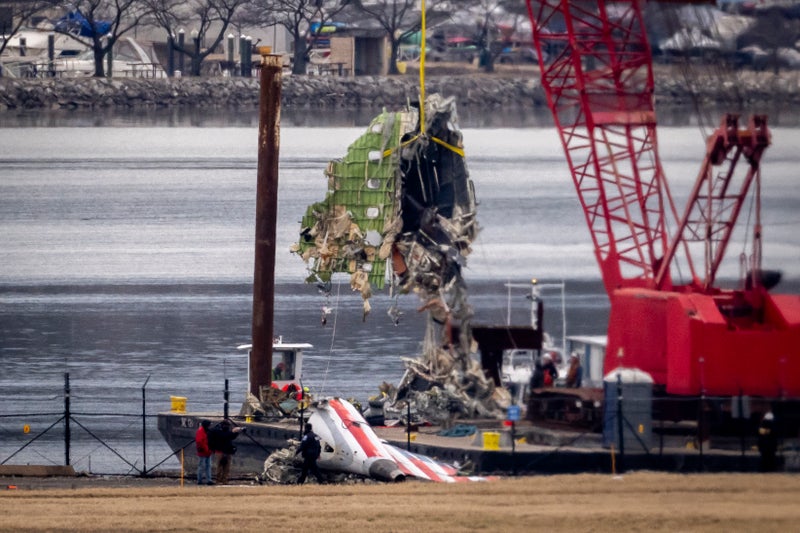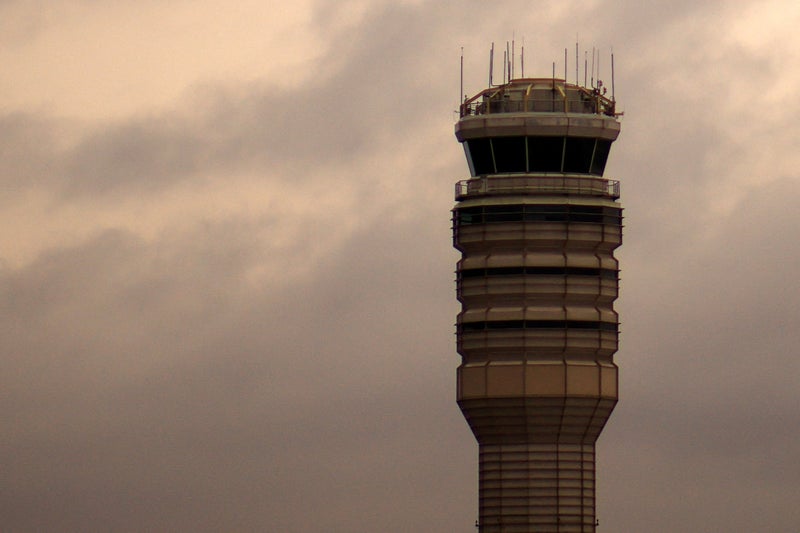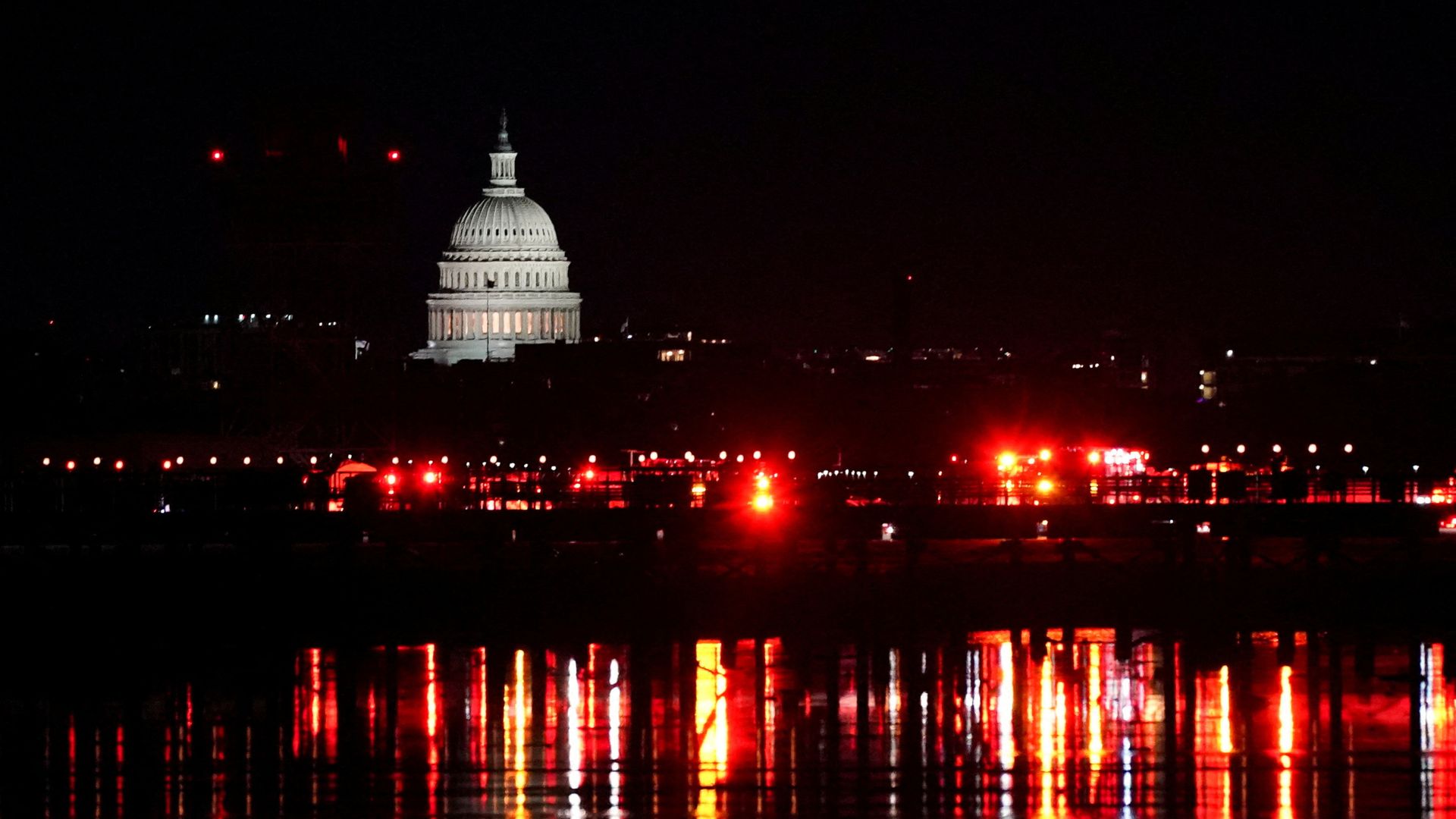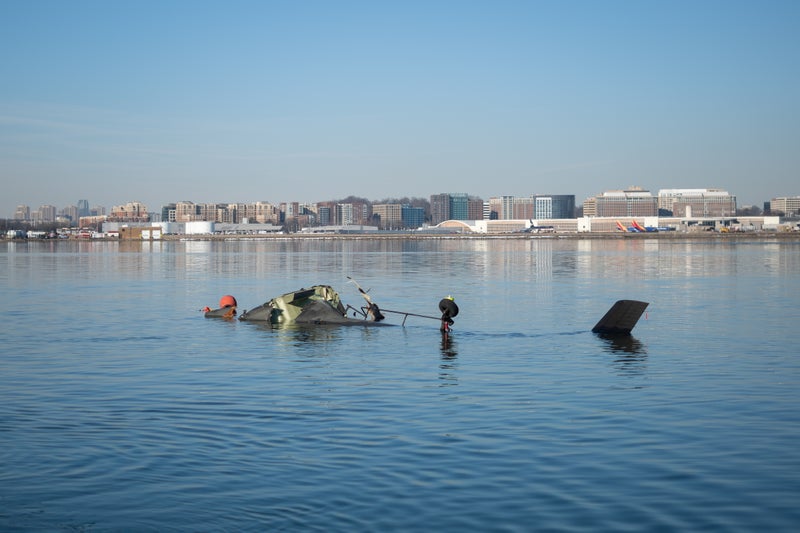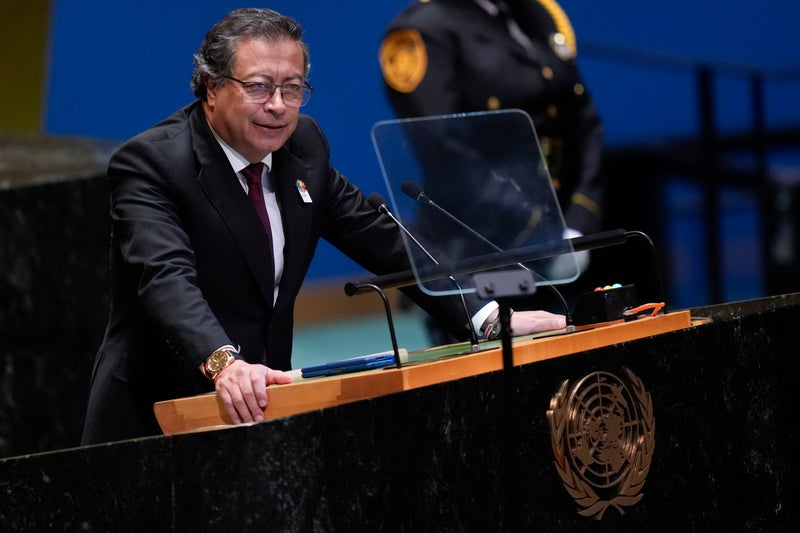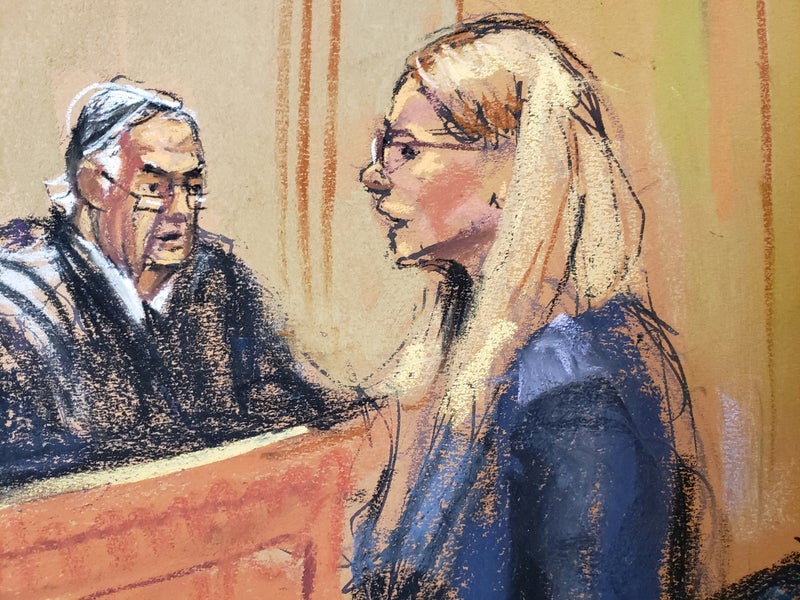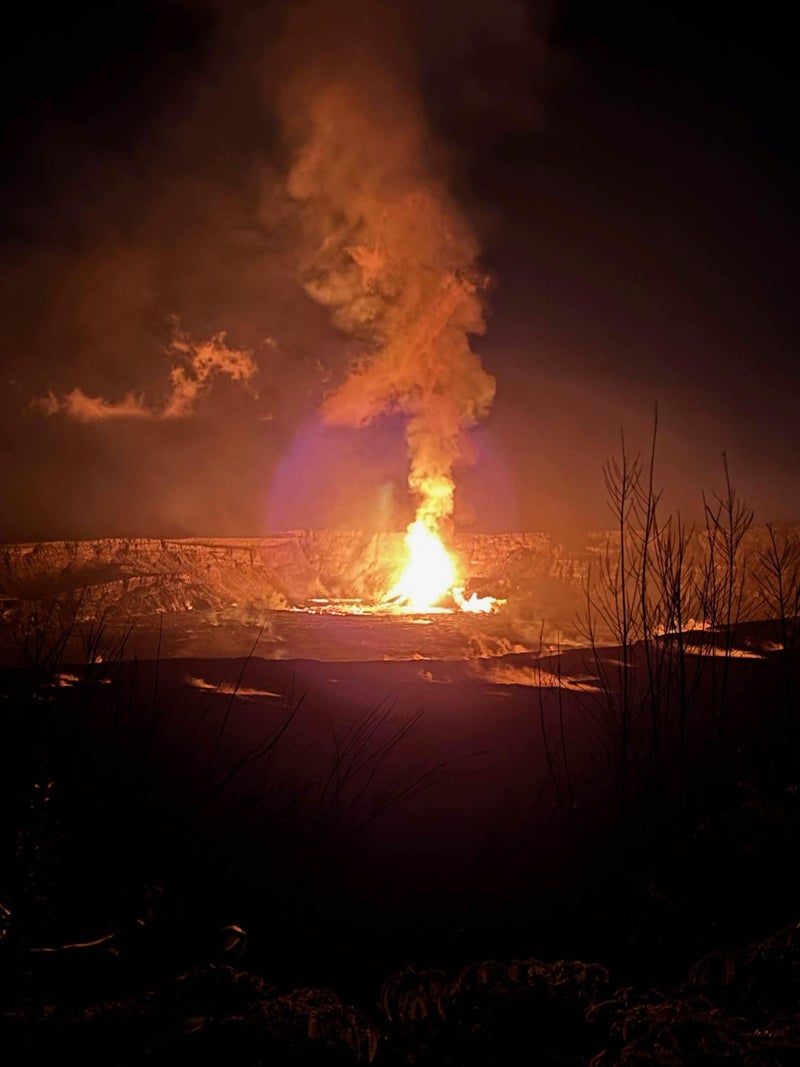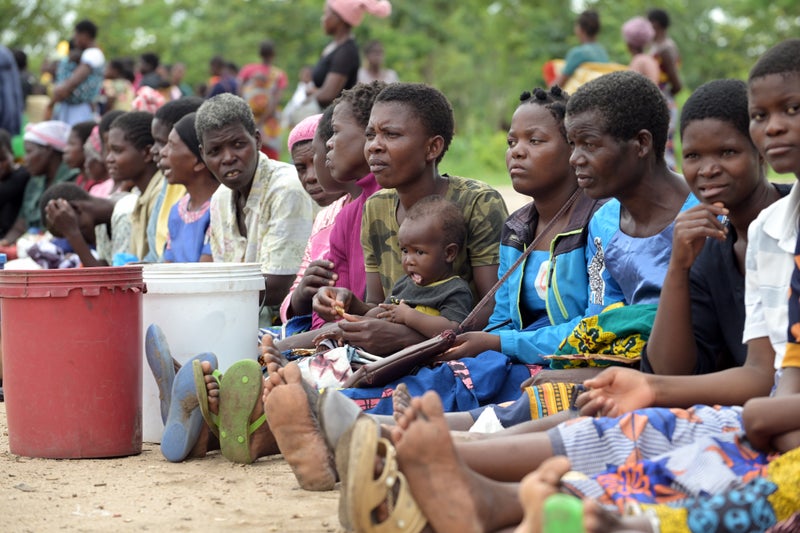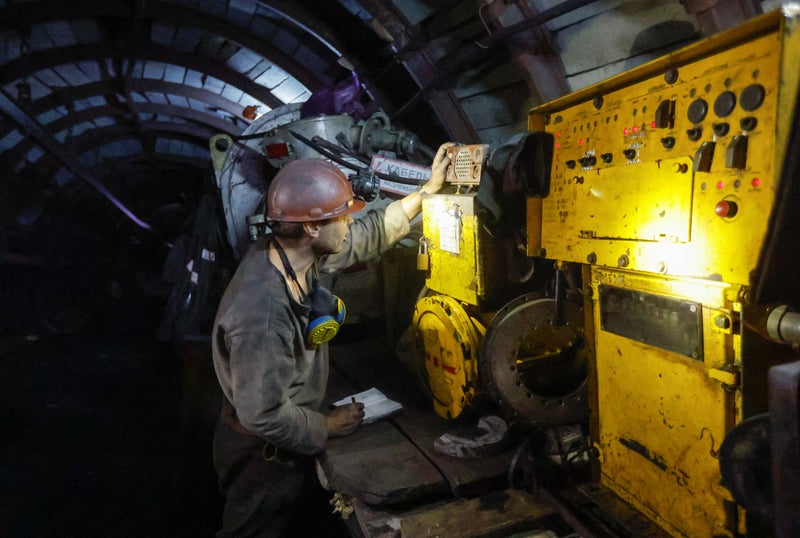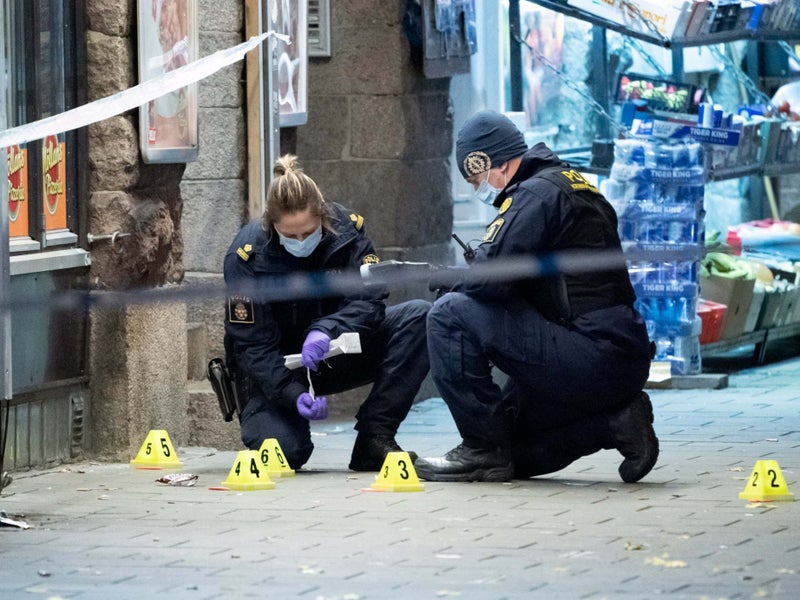The Army helicopter appeared to be experiencing other issues with its communications and technology, according to safety officials. The air traffic control direction was delivered 17 seconds before impact, National Transportation Safety Board (NTSB) Chairwoman Jennifer Homendy said during a news conference on Friday. She explained that the crew may not have heard the phrase “pass behind the” before they tried to communicate with the control tower.
![[A plane takes off from Ronald Reagan Washington National Airport as Roberto Marquez of Dallas places flowers at a memorial of crosses he erected for the 67 victims of a midair collision between an Army helicopter and an American Airlines jet, Saturday, Feb. 1, 2025, in Arlington, Virginia]](https://static.independent.co.uk/2025/02/07/07/Pictures_of_the_Week_Global_Photo_Gallery_21073.jpg)
The jet and the helicopter collided as the plane prepared to land at Washington D.C.’s Ronald Reagan National Airport with both aircraft plunging into the Potomac River, killing all 67 people aboard. The Army helicopter appeared to be experiencing other issues with its communications and technology, Homendy said citing audio recordings from the aircraft. The helicopter struggled to hear other directives from air traffic control about the jet circling the area to land.
Investigators have heard the phrase in air traffic control communications but not in the audio received by the Black Hawk. The NTSB is still determining why the Black Hawk was not receiving all communications. The helicopter crew responded saying they had traffic in sight and requested visual separation that was approved by the airport tower. Twenty seconds before impact, air traffic control sent a radio transmission asking the Black Hawk crew if the jet was in sight. The air traffic control could hear a conflict alert in the background.
The airplane crew then received an automated traffic advisory stating “traffic, traffic.” As the helicopter came closer, the plane increased its pitch, reaching about nine degrees nose up at the time of collision, near its maximum level. Seconds later, American Eagle Flight 5342 collided with the helicopter, killing sixty-four on the plane and three Army soldiers on the helicopter. The plane was on its descent into Ronald Reagan International Airport in Arlington, Virginia. It had come from Witchita, Kansas where several passengers had competed in a figure skating competition.
As investigators continue to probe, questions remain about the helicopter crew’s visibility that night and its altitude. The Black Hawk was flying at a steady 278 feet five seconds before impact, outside its allowed 200-foot perimeter. Homendy stressed the helicopter may not have been able to see its exact altitude before the accident which occurred at an estimated 325 feet. The chairwoman did not want to speculate about the helicopter’s altitude for the entire flight duration because data showed conflicting information.
Officials say the crew was wearing night vision goggles which experts have said could have made it more difficult for those on board to see. The crew was on a check flight requiring the pilot to test night vision goggles. The helicopter was traveling along Route 1, a stretch of the Potomac River frequently flown by Army Black Hawk helicopters. The Federal Aviation Administration has now restricted air traffic along the area over the Potomac River and Ronald Reagan Washington National Airport. Those restrictions will remain in place until the NTSB completes a preliminary investigation.
Helicopters conducting lifesaving medical support, active law enforcement, active air defense, or presidential transport helicopter missions are allowed to enter the area. The collision was the deadliest in decades. The last major plane crash took place in New York City when a jet crashed into a neighborhood killing 260 people on board. Five others on the ground were also injured. The National Transportation Board will likely deliver a preliminary report 30 days from the date of the crash.

